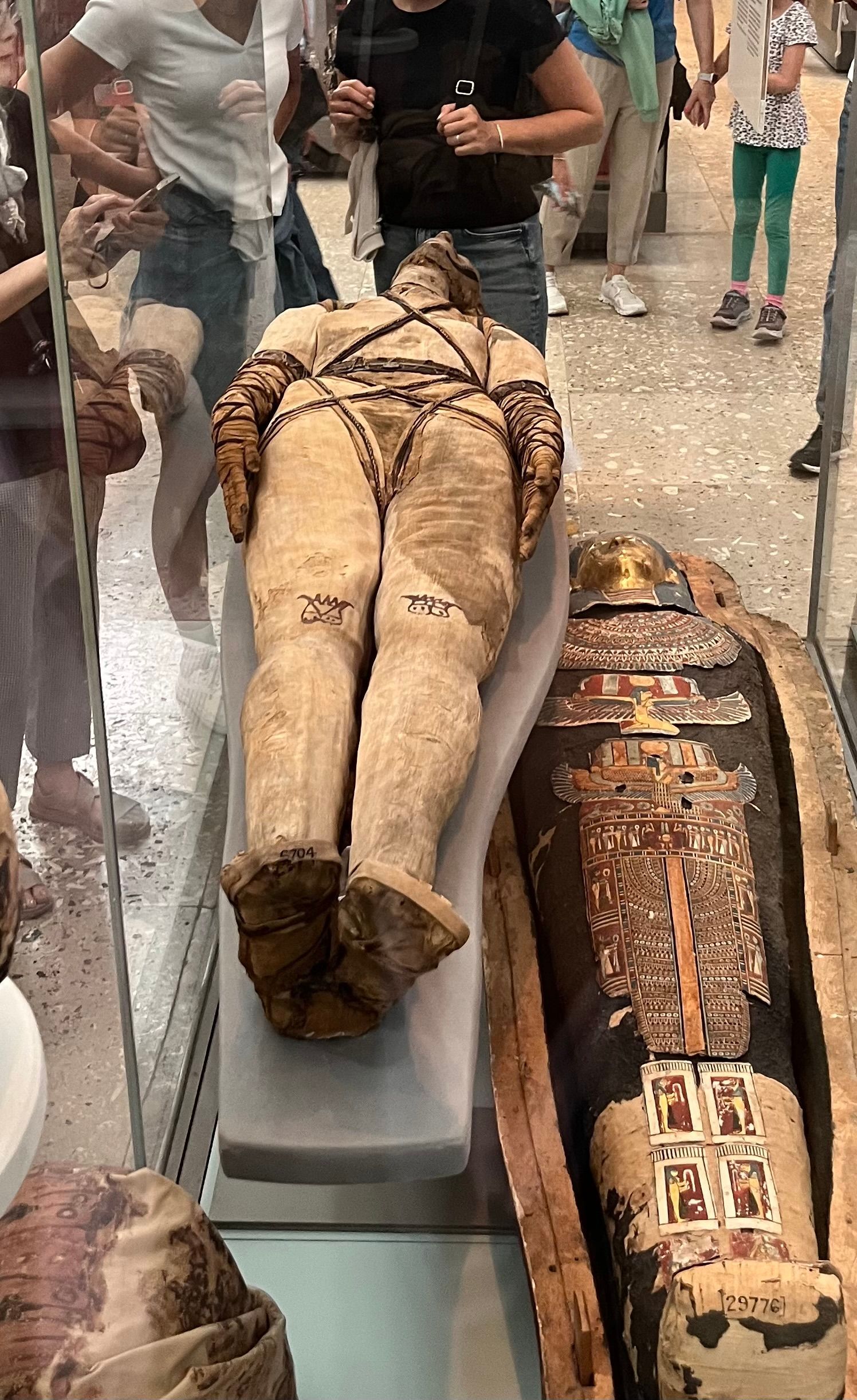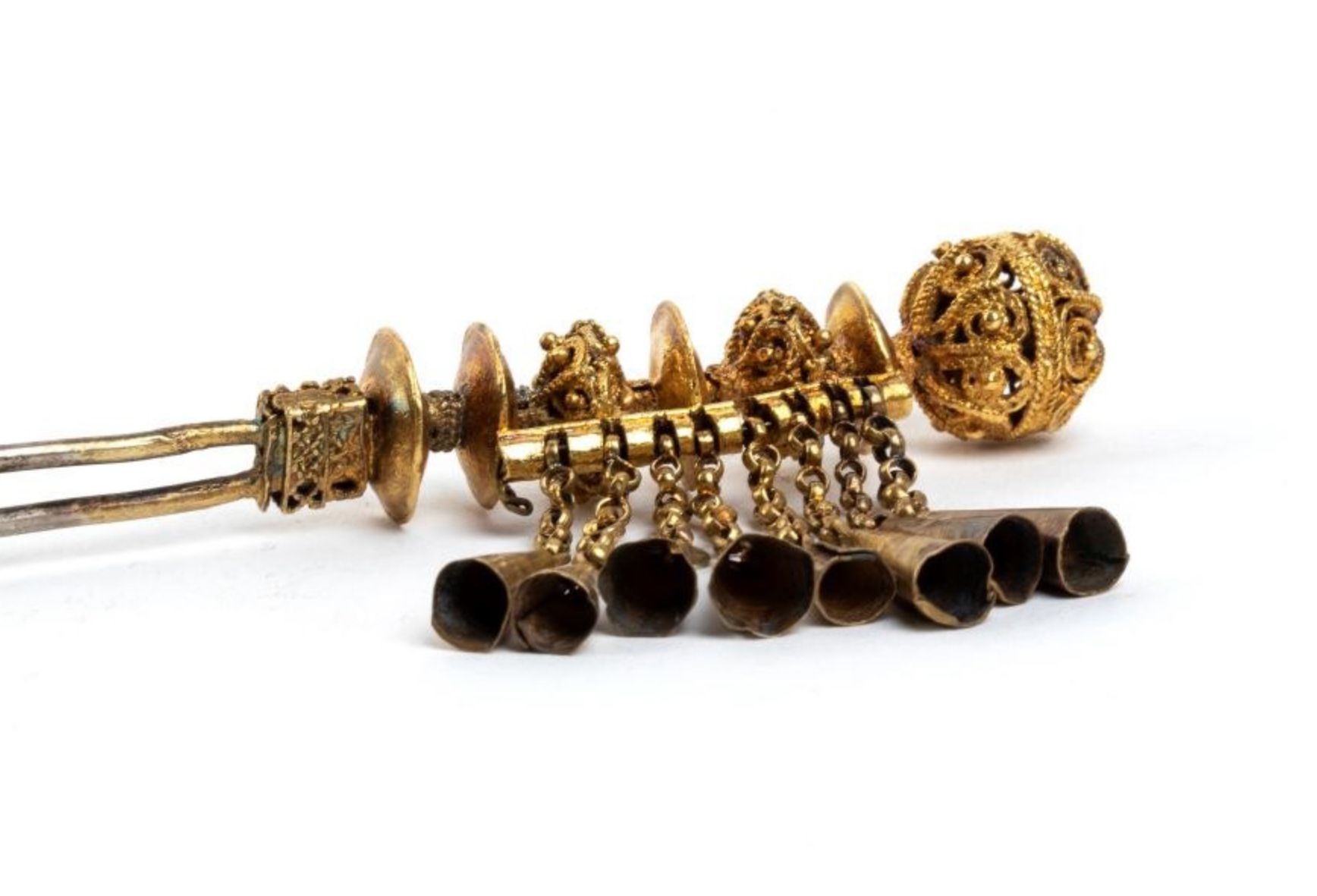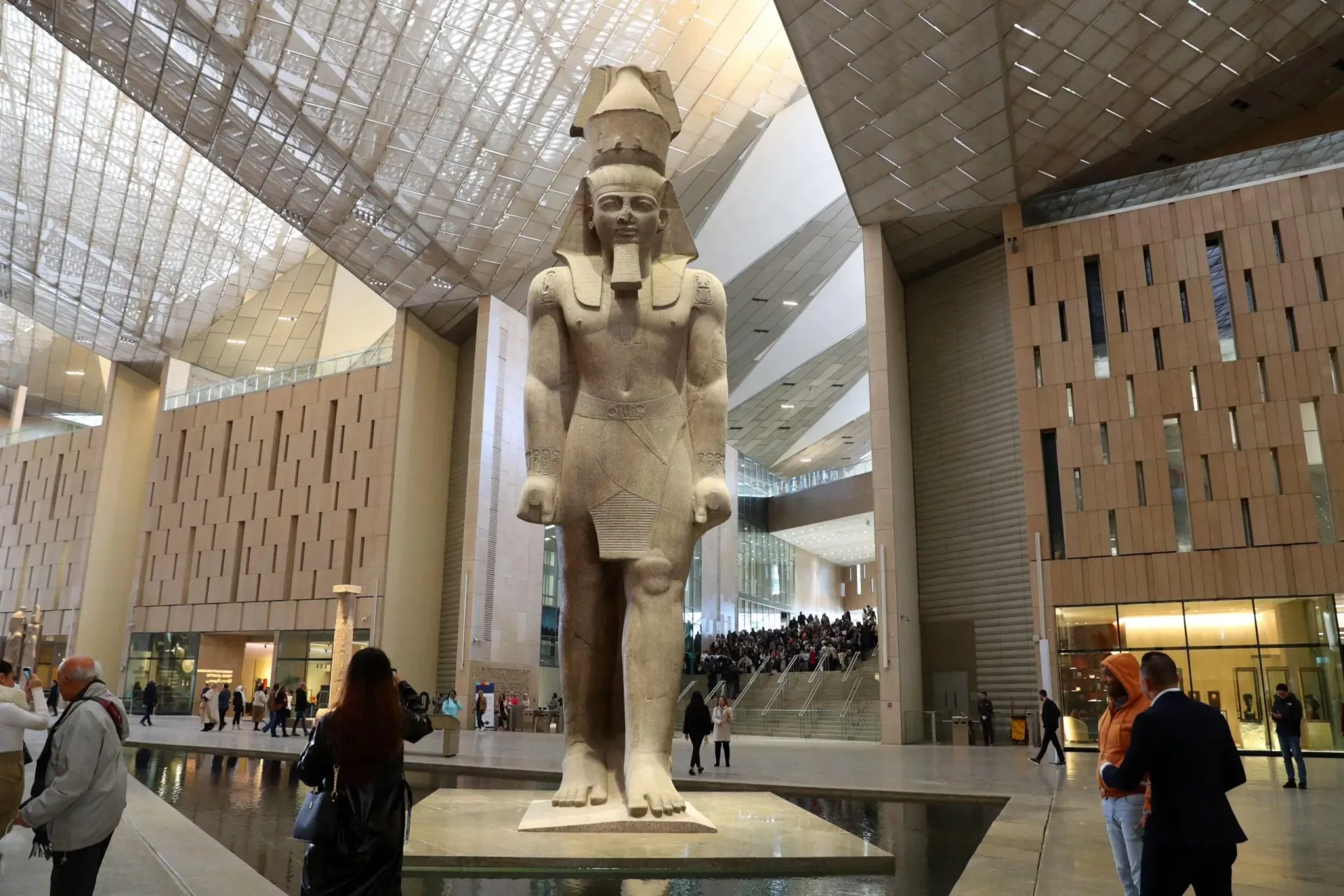Cultural Restitution
SHARE ARTICLE
It’s no easy matter resolving the current ethical debate over the retention and exhibition of human remains. But one public collection is asking visitors to cast their vote.
For the past two months, the Manchester Museum has encouraged visitors to share their views on whether one of the Egyptian mummies in their collection should be removed or retained on public exhibition. How will they vote and is it possible these conversations may start to shift the dial in a new direction?
In March this year, the All-Party Parliamentary Group for Afrikan Reparations (APPG-AR) joined others campaigning for an overhaul in UK museum practice. Its report, Laying Ancestors to Rest, recommends the end of the sale, public display and non-consensual uses of African ancestral remains, as well as their full repatriation from UK institutions.
The display of Egyptian mummified persons, argues this report, is unethical ‘due to the consistent disregard of the potential wishes of the ancestors and the intention of the communities that originally laid them to rest’. It goes on to criticise their modern evolution into ‘the popularised, haunted ‘mummy’ figure, which reduces Egyptian heritage to exoticised mystique for the Western audience’.
Who can doubt that today’s popular culture has succeeded in exploiting the public's fascination with the physical remains of individuals from a civilization thousands of years in the past? And whose appetite to learn more about this civilization was not kick-started by the sight of their first Egyptian mummy? As a result, the case in favour of removing Egyptian mummies from public display is more nuanced than clear cut.
The Manchester consultation invites visitors to share their views on whether the unwrapped body of a woman named Asru, one of the Museum’s impressive collection of Egyptian mummies, should remain on public display.
Asru’s mummified body, donated in 1825 by Robert and William Garnett, the sons of a Manchester cotton merchant and slave trader, arrived in the city lying within two decorated body coffins. Inscriptions on these coffins indicate Asru was a temple musician who died probably around 650 BCE (around 2,700 years ago during Egypt’s 25th Dynasty). On arrival, her body was unwrapped at the Manchester Natural History Society, the forerunner to the Manchester Museum. She has been kept on public display in some form for much of the last two hundred years, although as the Museum explains, in a manner that hasn't always offered a contextualised view of ancient Egyptian funerary practices.
Asru was also the subject of an intensive medical examination in 1980, when Dr Rosalie David, who founded the pioneering Manchester Mummy Project, used her examination to show the viability of endoscopy as a technique for the medical investigation of ancient Egyptian remains.
With clearer knowledge of Asru’s medical condition and to mark two hundred years since the mummy’s original unwrapping, the Museum says it is now keen to rethink “how we care for those who have been entrusted to us and how we share their stories with respect and sensitivity.”
The case in favour of removing human remains from public exhibition is based on a deep-rooted belief in and respect for the dignity of the dead. It is one of the reasons why the Pitt Rivers Museum in Oxford decided to remove their collection of tsantsa (‘shrunken’) heads and other human remains from public display in 2020 and is one of the reasons why the Manchester Museum launched the Asru consultation in June this year.
Preserving the body in the most lifelike manner as possible was believed by ancient Egyptians to improve their chances of a form of rebirth, helping them to complete their journey into the afterlife. Could the public exhibition of their remains jeopardize this spiritual journey? Manchester is also aware of the distress that some visitors and members of staff experience at the sight of an unwrapped body. It is hoped that bringing a wider range of voices into the conversation might help address both these sensitivities.

Mummies in the Egyptian Galleries at the British Museum
The case for retaining Egyptian mummies on public exhibition appears just as strong, albeit equally complex. I doubt museums will take lightly the visible excitement, fascination and curiosity that many visitors experience in the presence of an Egyptian mummy. Those I spoke to in the Egyptian Galleries at the British Museum last week enthused about the educational value of a mummy's physical presence, together with the connection it provides to a better understanding of the rich history and customs of ancient Egypt. It’s the very survival and visibility of mummies that help command our respect.
Full repatriation lies a lot further down the road. Compared with the number of appeals to return human bodies wrenched from Indigenous communities during the 19th and early 20th centuries by supporters of racist pseudosciences, there are no descendants or surviving communities appealing for the return of Egyptian mummies.
Mummies are popular museum exhibits and popular opinion may not always align with ethical developments. So the results of this Manchester survey will be followed closely. As the Museum looks beyond its colonial background, making changes to reflect new society requirements, the Asru conversation may help the Museum navigate the future of other ancestral remains in its collections. Taking this approach is considered “critical... and one we feel must be addressed with transparency, taking into account the perspectives of communities and visitors.”
By the beginning of this month, the Museum had received 862 responses to their consultation. However, it remains open until the end of August. and the Museum is encouraging as many people as possible to go online and share their views on Asru’s future.
Whatever the results - and we'll let you know how the public vote - don’t expect dramatic and immediate changes. But it could end up as another small step that drives a gradual shift in museum policy. Alternatively, it could just point to ‘no change’ please.
After this was written....
Following the development of a new human remains policy, National Museums Northern Ireland (NMNI) initiated their own consultation into the public display of the mummified body of an Egyptian woman named Takabuti. 83% of visitors agreed the mummy should remain on public exhibition if "done in a sensitive and respectful way". A similar number felt that viewing such remains could help them to better understand and interact with the past. 30% of visitors felt the display of such remains was "offensive and unnecessary". Meanwhile, just over half of visitors (51%) believe museums should try to return human remains to their country of origin.
Photo: Outer coffin of the temple musician, Asru (circa. 650 BCE)
Courtesy of Manchester Museum
More News



